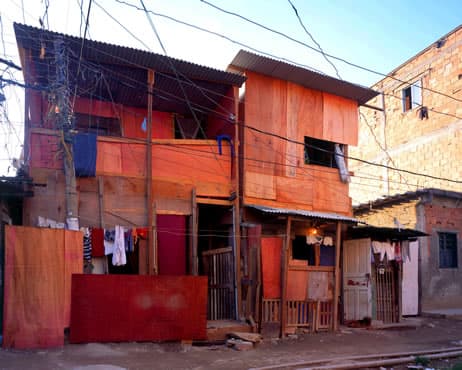
The Projective Eye Gallery at UNC Charlotte Center City is displaying “Favelas: Architecture of Survival,” which features 48 large-format photographs by Brazilian photographer Pedro Lobo.
In this exhibit, Lobo documents the favelas or shantytowns of Rio de Janeiro. These shantytowns are considered the longest-lived squatter settlements in the world. Of the approximate 1 billion squatters worldwide, 1 million live in Rio de Janeiro.
Lobo’s photographic landscapes document the organized chaos of hillsides overrun with homes. These beautifully composed images do not shy away from the sprawl or the hardships of the favelas, yet they are filled with optimism necessary for life in these marginalized urban neighborhoods.
An opening reception for “Favelas: Architecture of Survival” will be from 6 to 8 p.m., Friday, March 22, at the gallery. It will include Brazilian music and dancing by Cordoa de Ouro Charlotte – Mestre Esquilo. Pedro Lobo will give a talk, followed by “Negotiating the Gap,” a panel discussion addressing issues of transitional housing in Charlotte.
A Fulbright scholar, Logo has studied at the International Center of Photography in New York City and at the School of the Museum of Fine Arts in Boston. During the 1970s and 1980s, Lobo was a photographer and researcher at Brazil’s National Center for Cultural Reference and at the Monuments and Sites National Institute.
“Favelas: Architecture of Survival,” which will be displayed at UNC Charlotte Center City through Thursday, May 30, was organized by the Halsey Institute of Contemporary Art of the School of the Arts at the College of Charleston; Mark Long, professor of political science at the college, was its curator.
In conjunction with the exhibition, the gallery is hosting response work from Urban Ministry and students in the UNC Charlotte Master of Urban Design program in the UNC Charlotte Center City front window. Students talked to community members served by Urban Ministries to determine what kind of self-constructed homes they would design if they had the opportunity. Models of those imaginary houses range from rustic bark-covered tree houses to sleek modern pods.